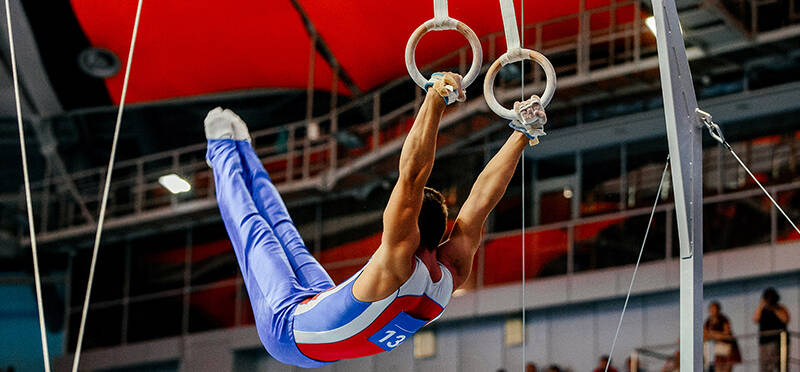Textbooks to Tablets: How to Prevent Upper Body Pain in an Increasingly Digital Learning Environment
Posted on October 28, 2022 by Erik Krol, MOT, OTR/L
Our digital world is ever expanding, and one may find themselves required to spend more time using technology for work,...
(more…)











